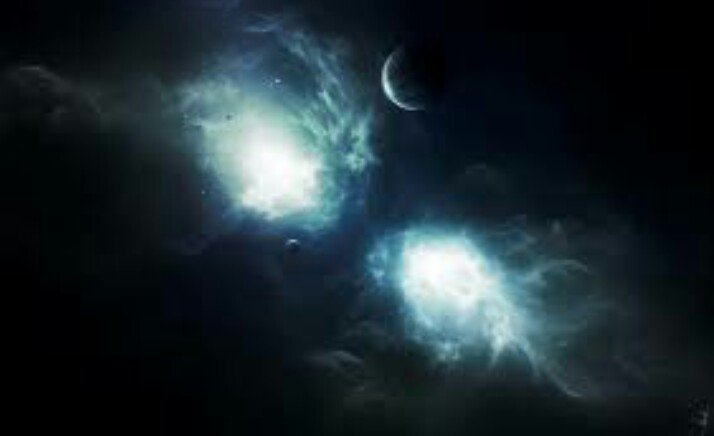Originally Answered: If a black hole and a white hole ever collided, what would happen? A grey hole?
The following (as well as the question itself) are highly hypothetical and should not be treated anything close to absolute truth.
- questionned black hole and hypothetical white hole are two ends of one object.
- Gray hole as a highly hypothetical object does exist and is classified as a star
- Gray holes exists both within black hole structure and outer space (depending on their type)
- Gray holes are a constant
- black holes, though short-lived, can still appear to us as lasting billions or trillions of years because their gravity stretches light waves and dilates time. So instead of "event horizon" we should use term "apparent horizon"
- collision of a black hole and a white hole in space is not considered possible due to objects base gravitational forces and even more important - location barriers.
- "collision" inside the "data cluster" between holes activates white hole resulting creation of a multiverse one-directional wormhole, which is considered instant in term of a local pressurized timescale
- Black and white "holes" of the same structure are not located in the same universe but share the multiverse. Activation of white hole is once known as "big bang"
- data cluster collision activates white hole and initiates explosion of matter and energy from singularity (white hole, the point of exhaust)
- in-structure gray holes that possess dark matter or dark energy will be moved toward along with "eated" conventional matter/energy.
- the new universe will form around initial boson star gray holes, surrounded by shredded matter/energy and dark energy from planck star gray holes.
- Once the new universe expands, matter evolves more complex allowing next generation stars and creation of new stellar black holes (not to be mistaken for global reservuars that hold initial gray holes safe - black hole).
Now, lets see a bit more about gray holes:
quote: "A gray hole, also known as a Q-Star, is hypothetical type of a compact, heavy neutron star with an exotic state of matter. The Q stands for a conserved particle number. A Q-Star may be mistaken for a stellar black hole."

Hi! I am a robot. I just upvoted you! I found similar content that readers might be interested in:
https://www.quora.com/Hypothetically-what-would-happen-if-a-black-hole-collided-with-a-white-hole
nc
nc
sweet